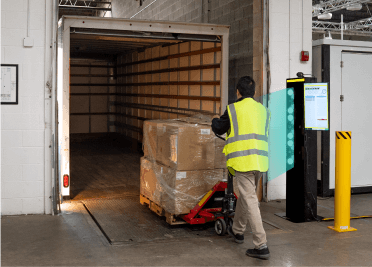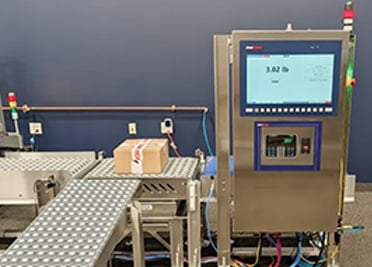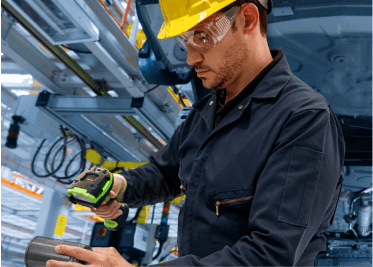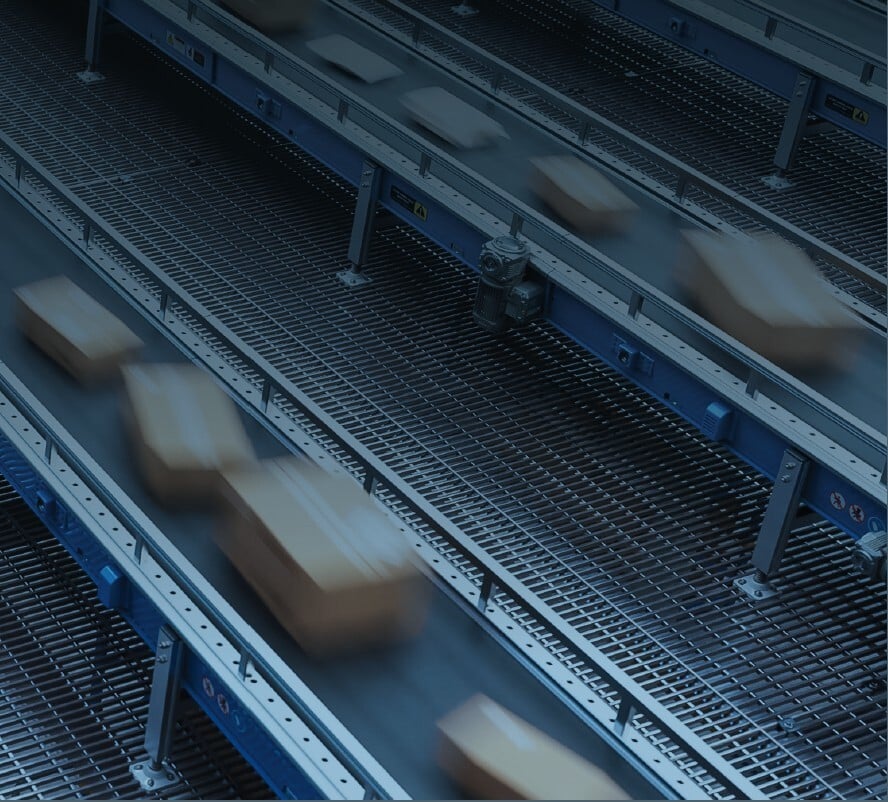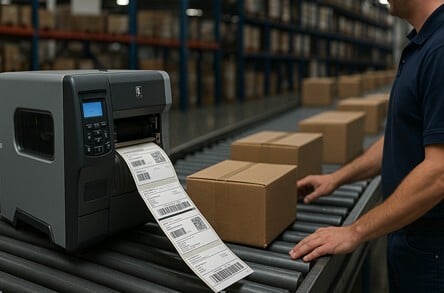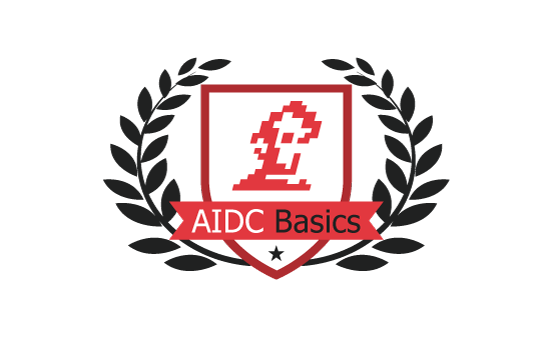
If you own a business, one of the most important factors of being successful, is efficiency. Throughout the years, technology has played a major role in advancing business efficiency, and bar codes hold no small part of that role.
Whether you are maintaining a large database that is connected with bar coded items, or have content that will travel with a product and further educate the end user, both 1D and 2D bar codes are instrumental in both improving efficiency and making the sorting and delivering processes run smoothly.
1D (linear) Bar Codes
1D bar codes use a series of variable-width line and spaces to encode data and are limited to the data they hold. These bar codes may be dependent on database connectivity to be meaningful. For example, if you scan a UPC code (Universal Product Code - the retail symbology standard), the characters in the bar code have to relate to an item in a database to be useful.
These bar codes can be scanned with traditional laser scanners or using imaged-based scanners.
2D Bar Codes
2D bar codes, or two dimensional bar codes, like DataMatrix, QR Codes or PDF417, incorporate both an x and y dimension to encode data. These bar codes can hold hundreds and even thousands of characters and can be much smaller while holding more data than 1D codes. As mentioned, data is encoded based upon both the vertical and horizontal arrangement of the pattern and reads in two dimensions.
2D bar codes are not restricted to alphanumeric information. These codes can also contain images, web addresses, voice and other types of binary data. You can make use of the information whether connected to a database or not. 2D bar codes are a good choice when a large amount of information must travel with an item.
With laser etching and other permanent marking technologies, 2D barcodes have been used to track everything from delicate electronic printed circuit boards to surgical instruments.
Generally speaking, these codes can be read only using imagers.
If you have more questions about 1D and 2D bar codes, bar code scanners or are in need of printers or printing supplies for your products, visit AbeTech’s website or chat with a professional online at www.abetech.com.
